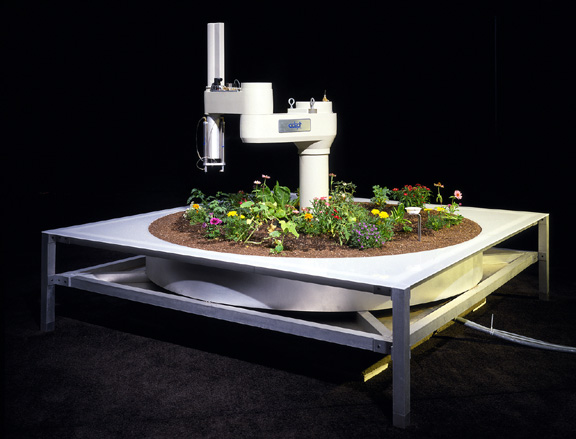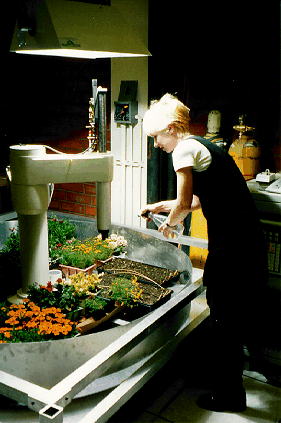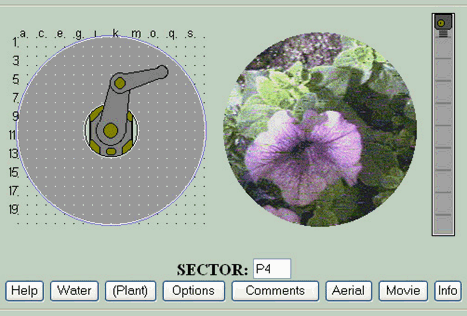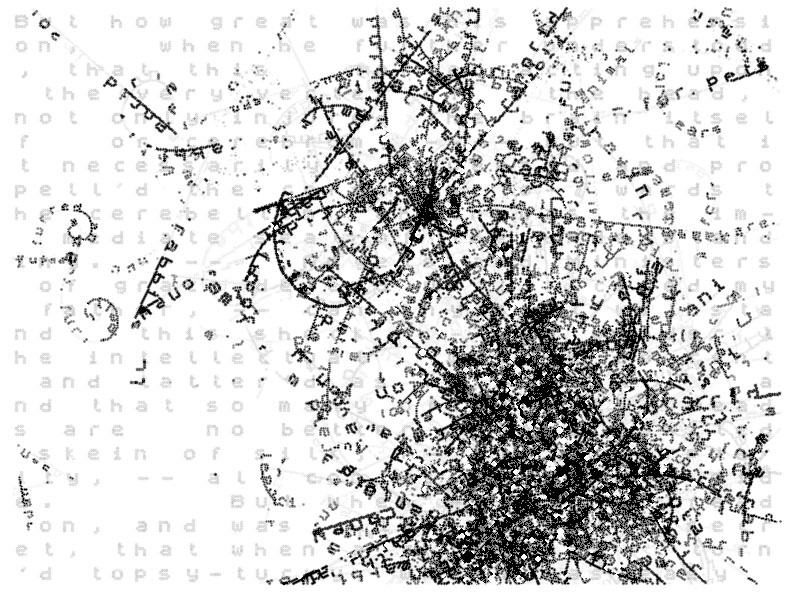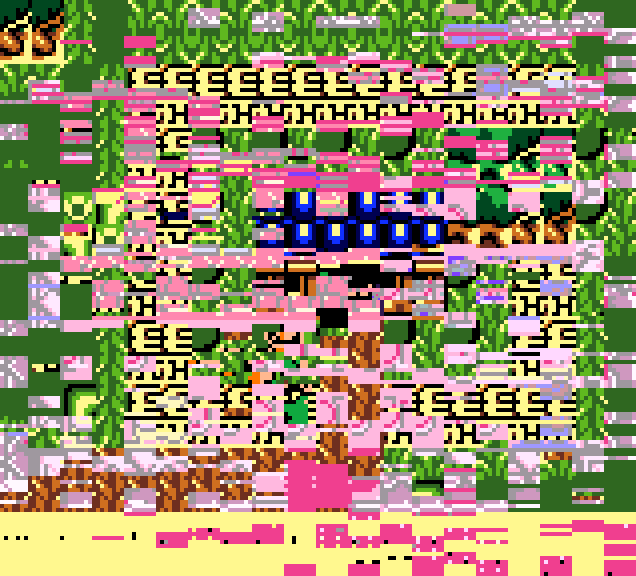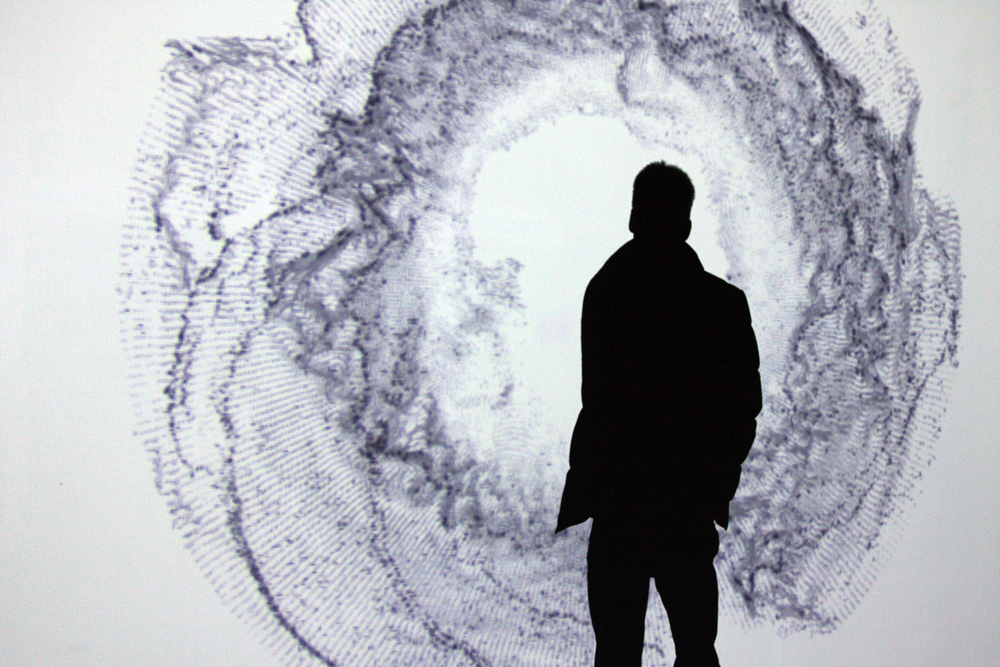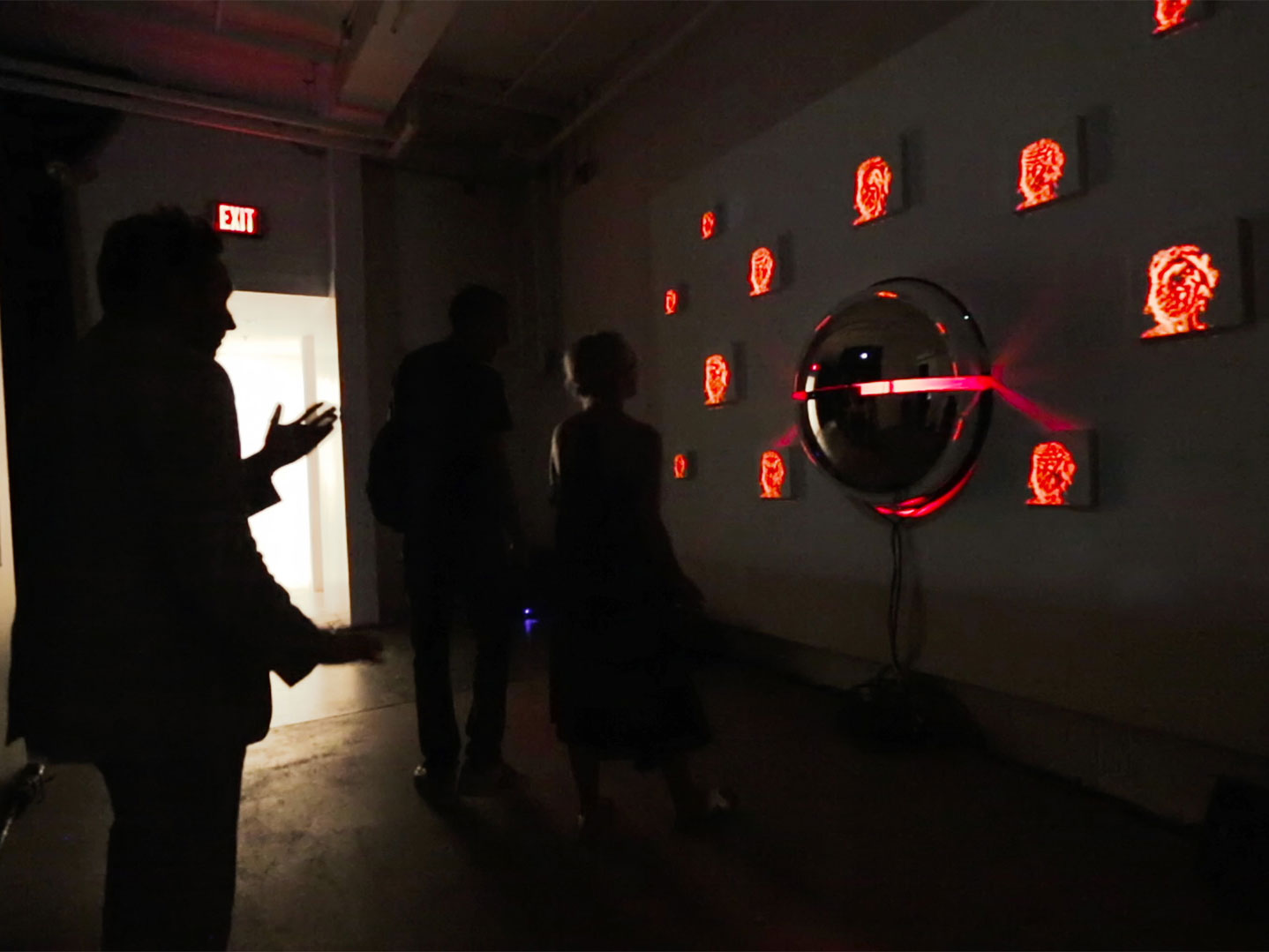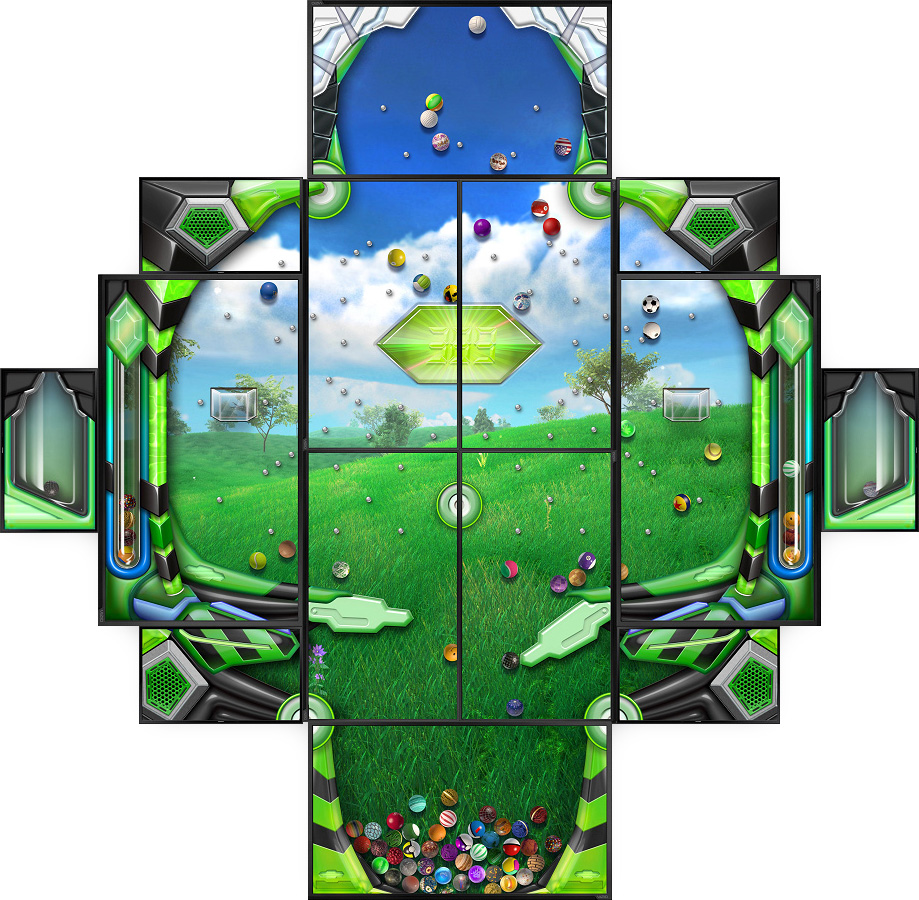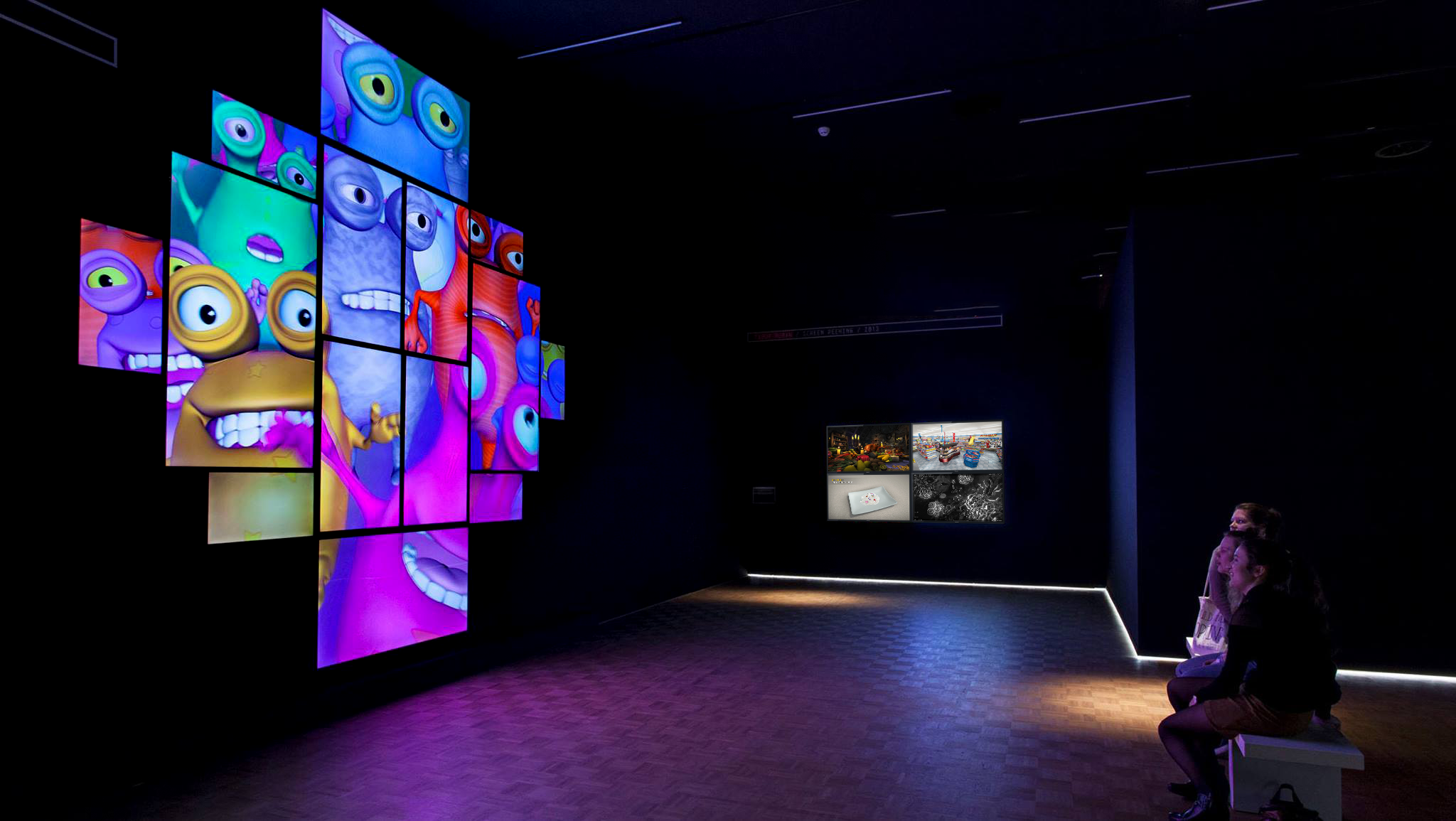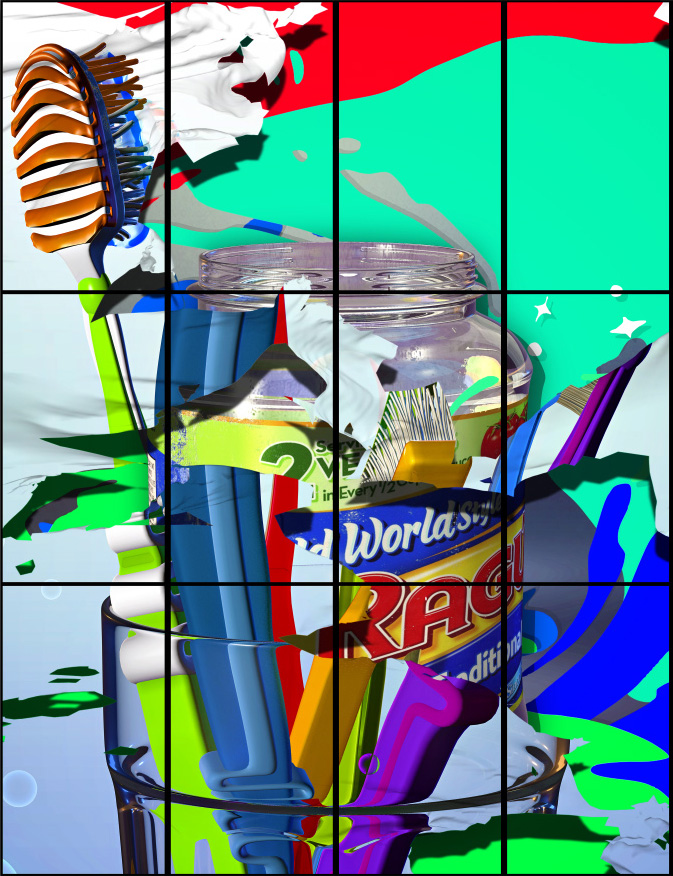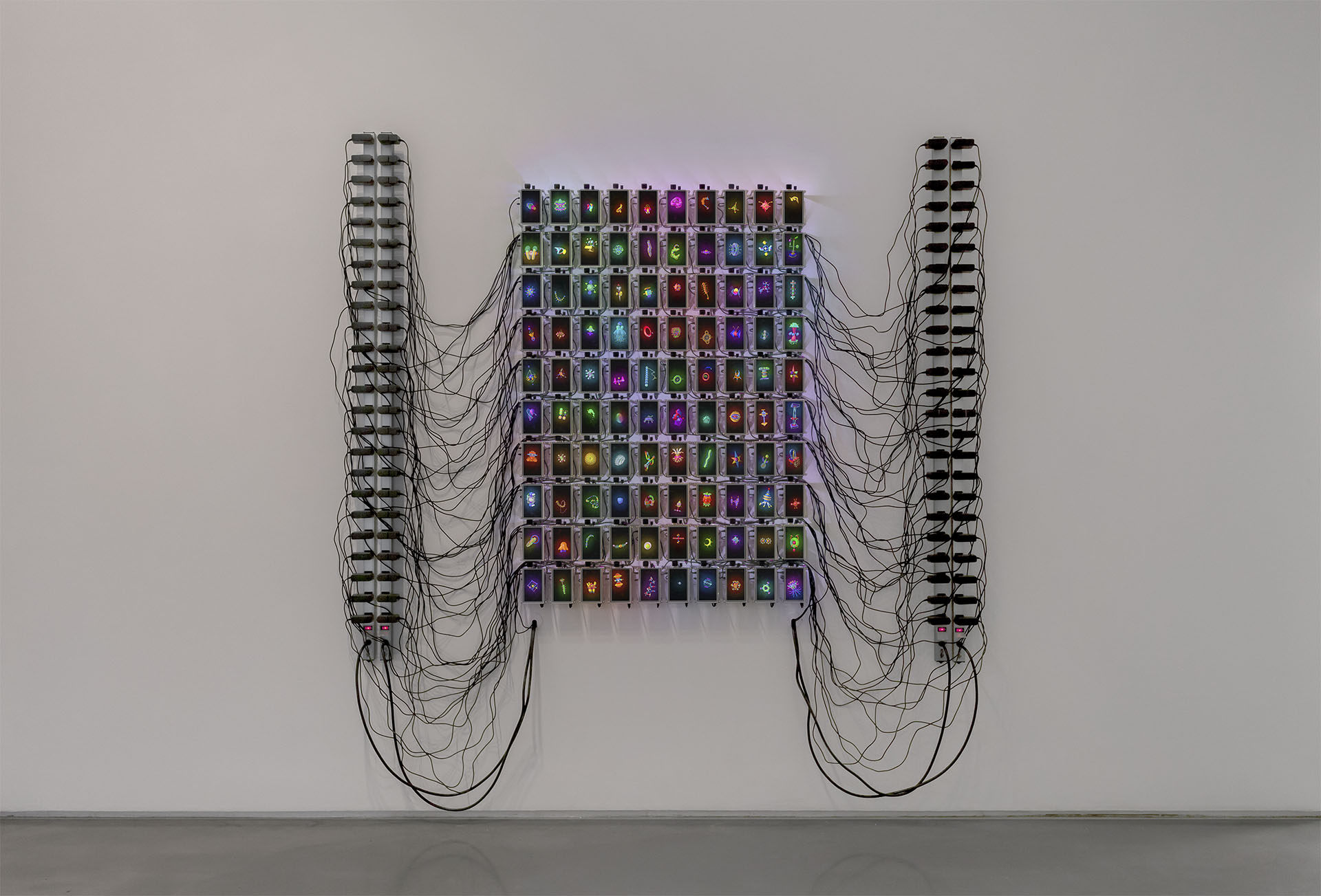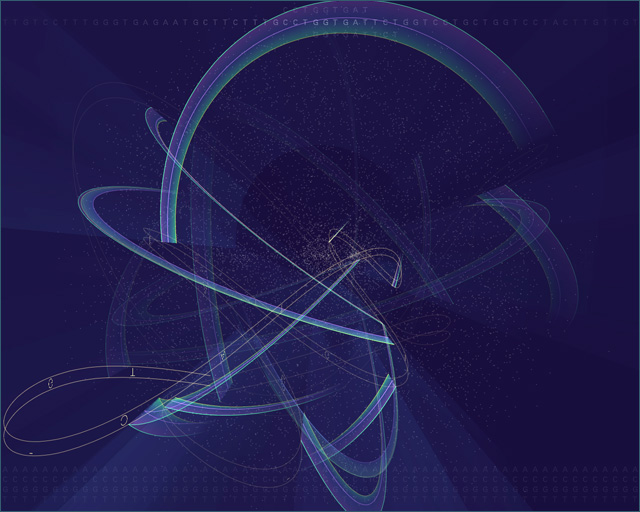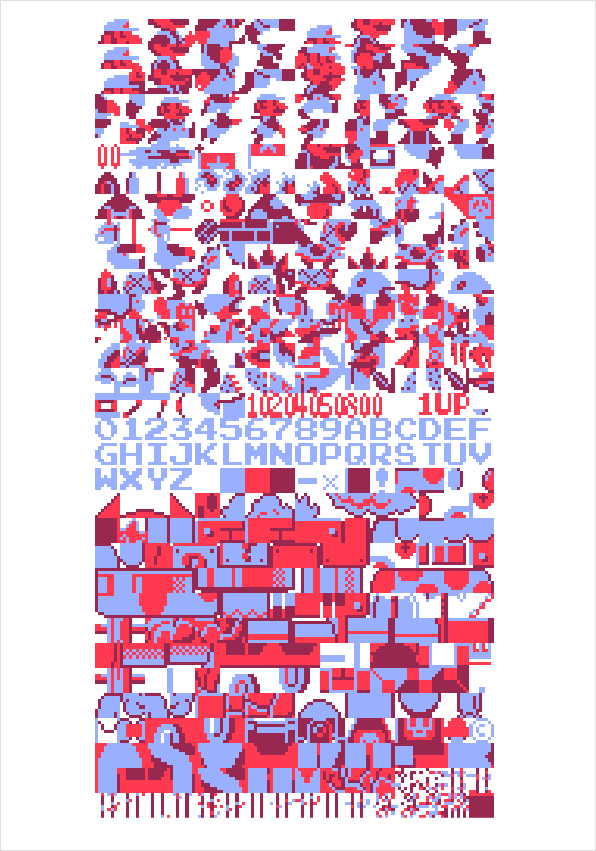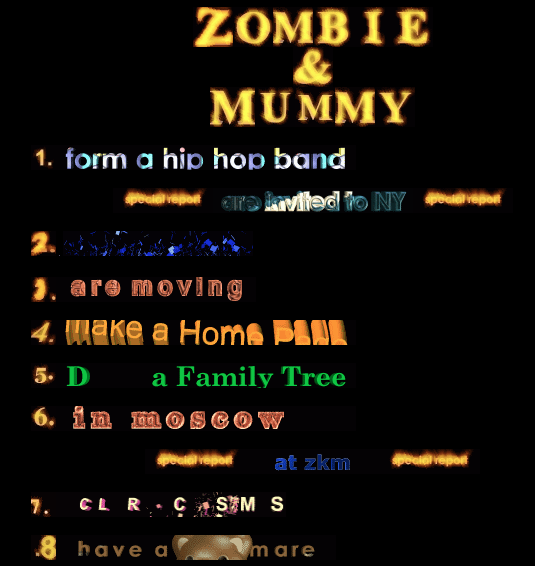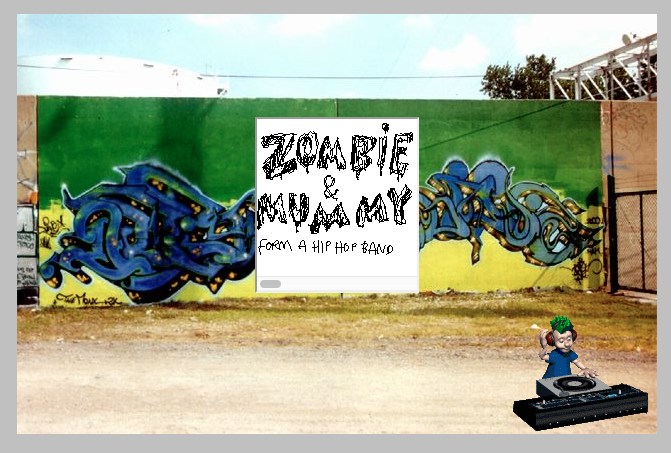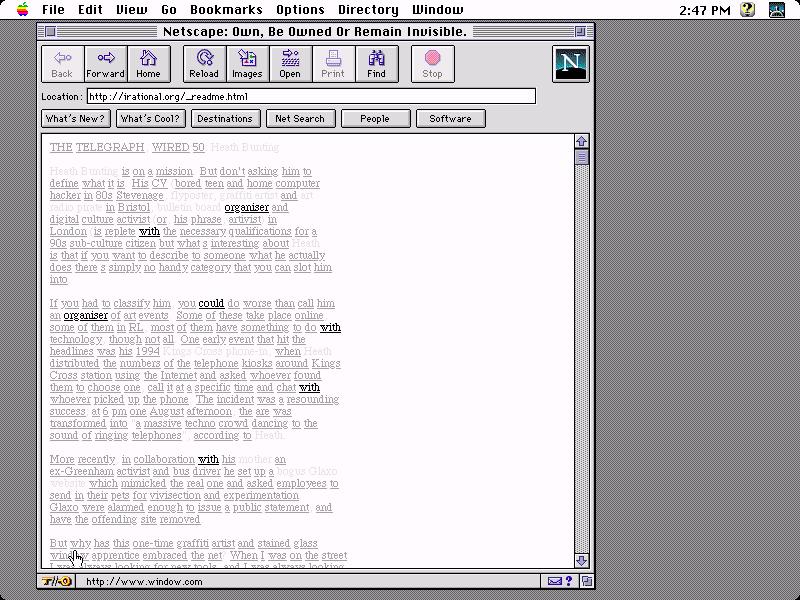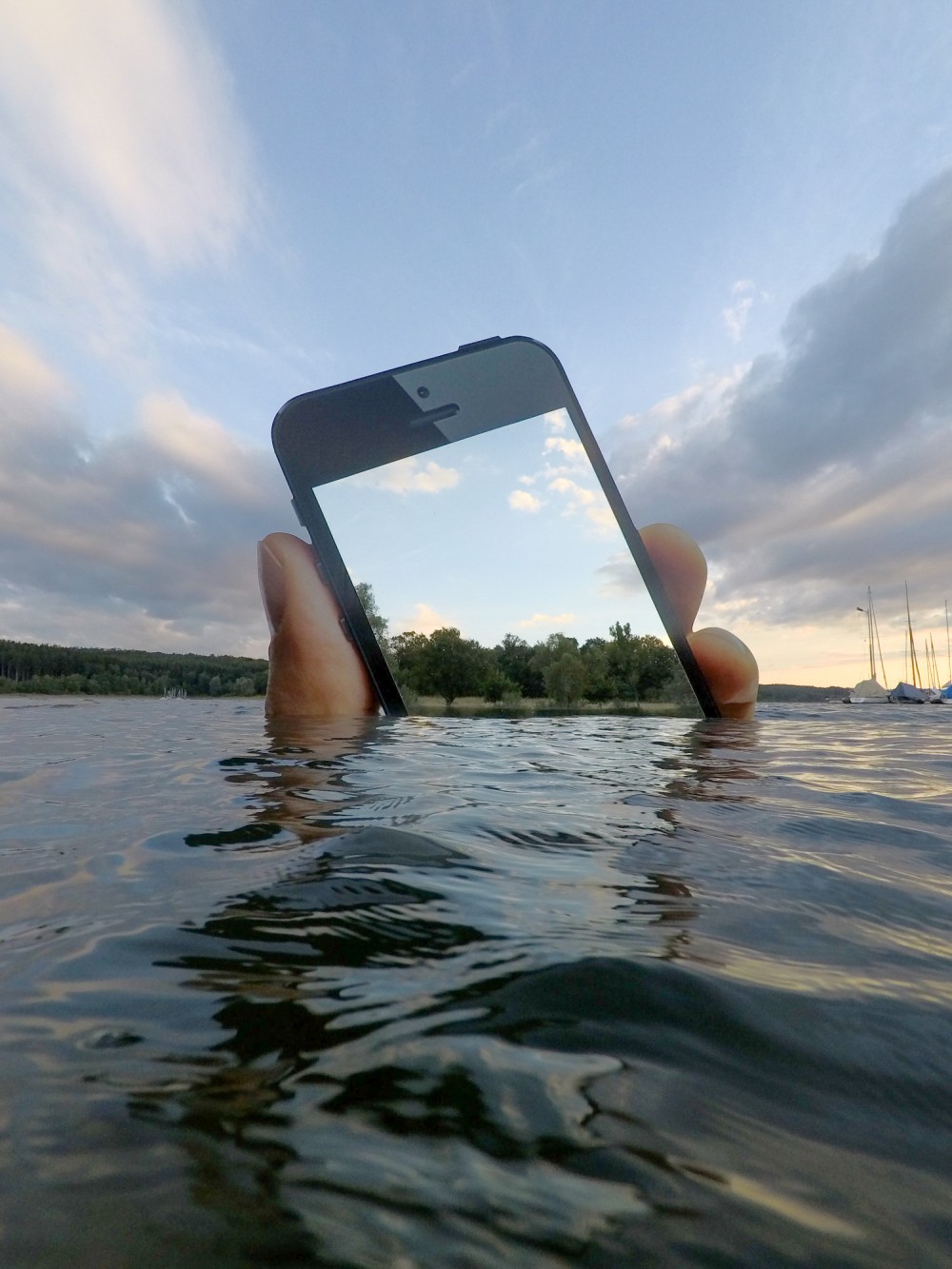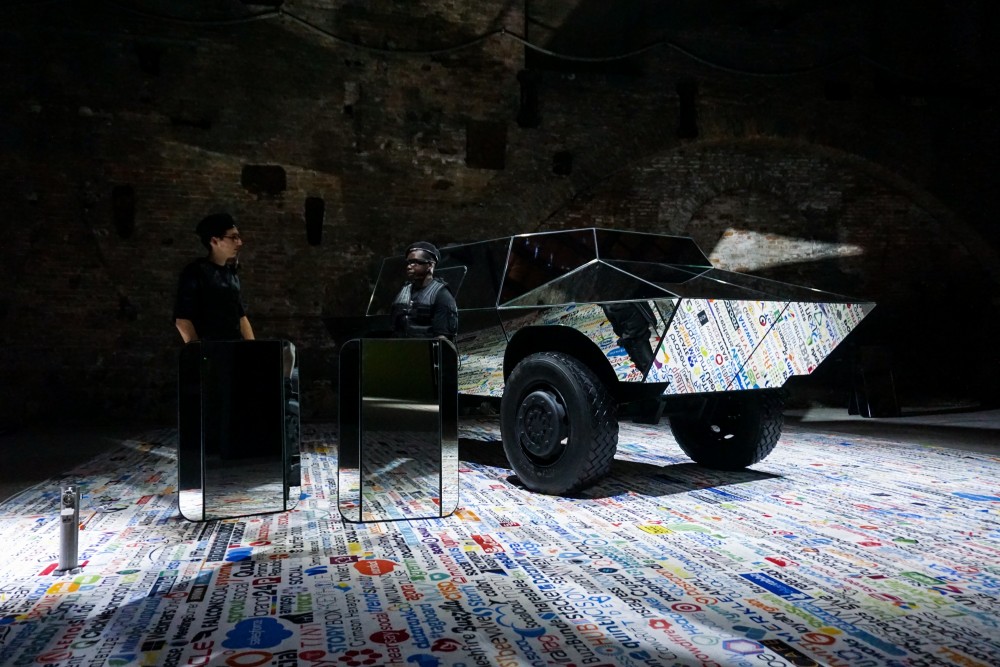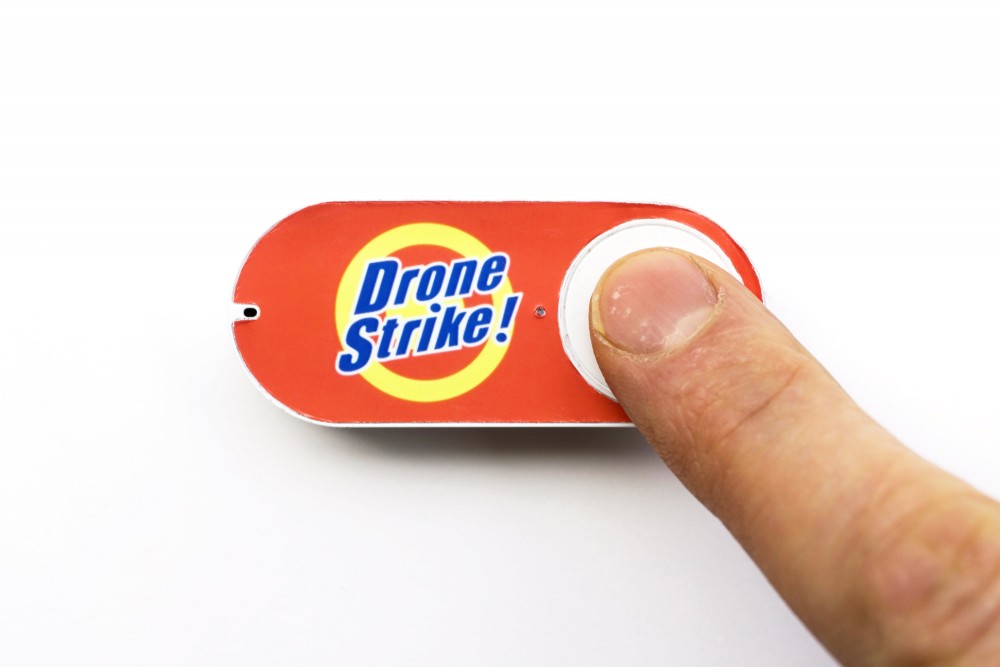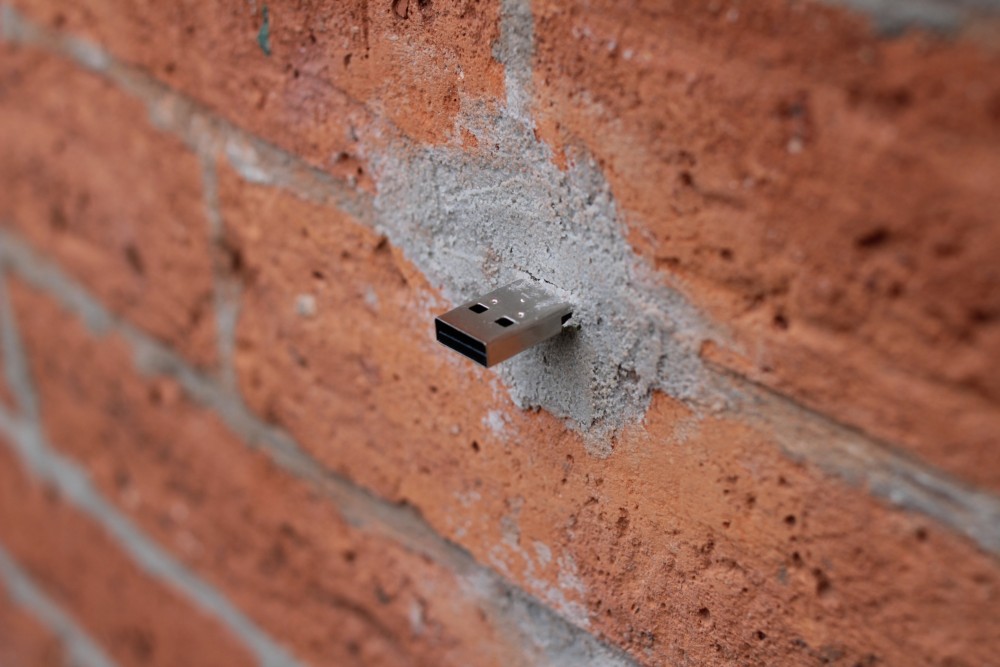Vernacular Web is a term to describe websites created in the first decade of the Internet before the dotcom boom, when authoring tools were still basic and professional design online did not exist. The term also describes works that emulate this style. Vernacular Web was explored and written about by Olia Lialina, one of the original net.art pioneers in a series of three essays.
From A Vernacular Web
So what was this culture? What do we mean by the web of the mid 90's and when did it end?
To be blunt it was bright, rich, personal, slow and under construction. It was a web of sudden connections and personal links. Pages were built on the edge of tomorrow, full of hope for a faster connection and a more powerful computer. One could say it was the web of the indigenous…or the barbarians. In any case, it was a web of amateurs soon to be washed away by dot.com ambitions, professional authoring tools and guidelines designed by usability experts.[1]
From Vernacular Web 2
I’m talking about everything that became a subject of mockery by the end of the last century when professional designers arrived, everything that fell out of use and turns up every now and again as the elements of “retro” look in site design or in the works of artists exploring the theme of “digital folklore”: the “Under Construction” signs, outer space backgrounds, MIDI-files, collections of animated web graphics and so on.[2]
And today, in the end of June 2007, when we hear of amateur culture more often than ever before, the cultural influence of “Welcome to My Home Page” web pages looks especially interesting. People who created them and their ideas of what the Web is, how it can be used and how the pages should look, these people’s likes and mistakes gave the today’s Web its current shape.[2]
From Prof. Dr. Style (Vernacular Web 3)
[…] there is a way to find pages that live forever in 1993. To present them to the new students I look for "Prof. Dr." in Google. Some semesters ago it was possible to make a life performance with this search. Pages of academics in style were top results. As of June 2010, the magic seems to be gone. To collect enough examples for this article I had to go till result page 110.[3]
